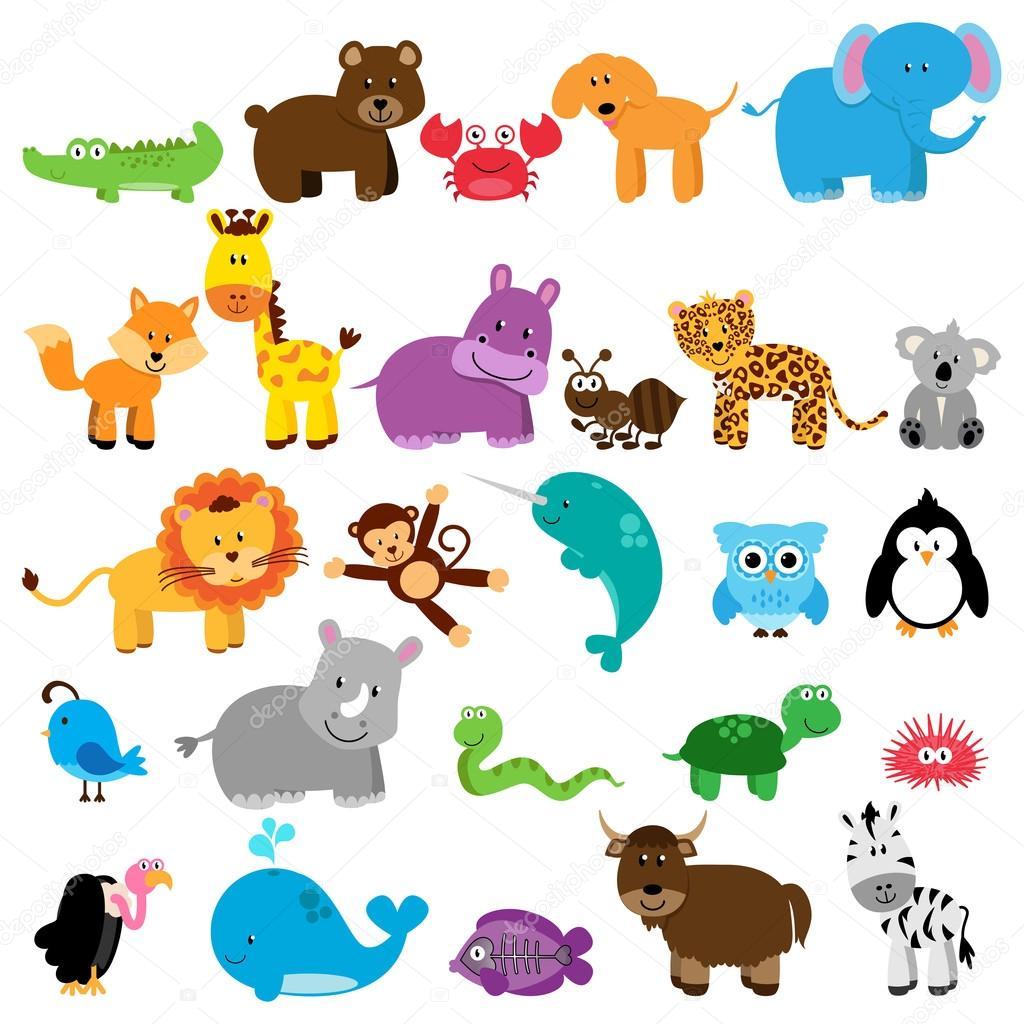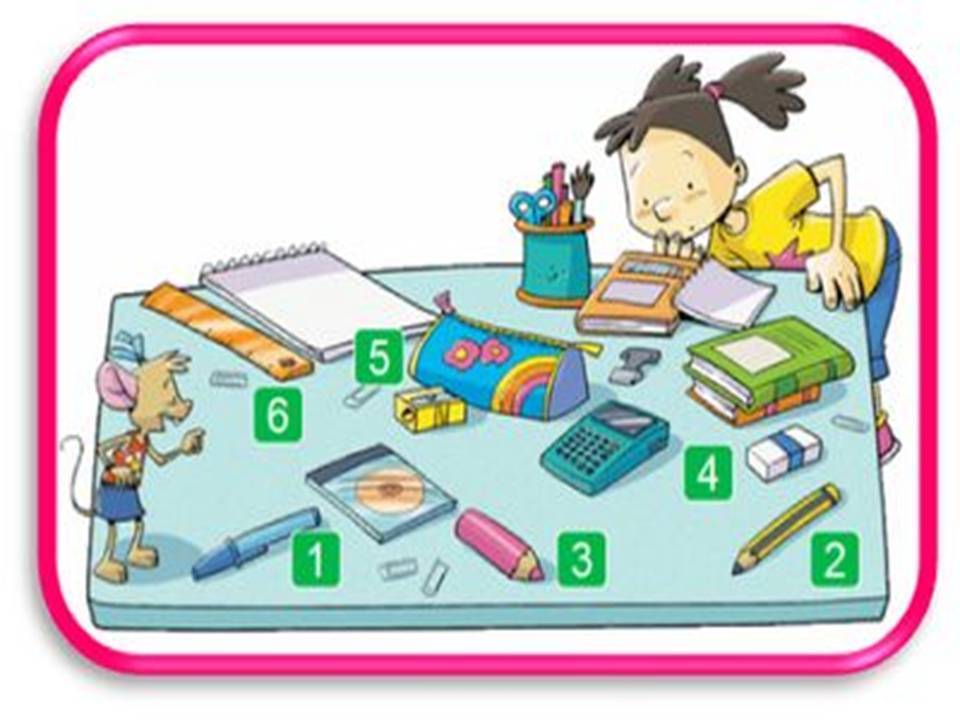

We've given tips on scaffolding your activities and offered a variety of suggestions on good practice activities, and now we'd like to share some tips on creating effective worksheets in your ESL classroom.
Once you decide the objective of your lesson, you need to create materials that help your students achieve that goal. Each worksheet should have a specific aim, so take your time to decide what you want the students to accomplish by completing the sheet. Then follow these five tips!
1 - Clear Instructions
Believe it or not, many new teachers forget to even write instructions on their worksheets, but this step cannot be skipped. It's important that all of our worksheets have clear, simple instructions. Students should know exactly what we want them to do.
Complete the sentence with "am," "is," or "are."
Create a question by putting the words in the correct order.
Write the past participle of the indicated verb.
While executing the lesson, make sure to have a student read the instructions aloud to the class and do an example together before asking the students to work. This will ensure everyone understands the expectations of the activity.
2 - Minimize confusion
To help students understand what the objective of the activity is, add lines where necessary and take the time to label any necessary information. It doesn't take much time to make sure the lines, where the students are to write an answer, are in the correct place. Look at the two examples from a worksheet with the instructions: Write the correct question.
Bob: I am from Canada.
Tim: ________________________?
OR
Bob: ________________________?
Tim: I am from Canada.
I'm assuming the teacher wants the students to write "Where are you from?" In that case, the natural progression of the conversation would be with the question first, then the answer. If I looked at the first example and thought of the natural progression of real conversation, I would assume the teacher wants the student to write a follow-up question based on this information. Perhaps something like, "What part of Canada are you from?"
In the same accord, teachers should label everything on the worksheet that the students need in order to successfully complete the activity. For instance, if my lesson is on prepositions of location, and I want to use a picture with many animals in one of my practice activities. I should take the time to label the animals for groups of students that might not know the names of the animals. If my students are asking, "Teacher, what's a pig? What's a monkey? What's a..., " the point of the activity is being missed.

The elephant is ( above / below ) the whale.
3 - Number the questions
Another way to minimize confusion and increase understanding and class participation is by numbering all of your questions. The teacher should easily be able to say, "Paula, read number one." This avoids having to say things like, "No, not that one. The next one." Students at the beginning levels won't understand words like "next" or ordinal numbers like "second." This also helps if you are teaching in a large room or with a big group of students as you won't have to point at everything. Likewise, if you are asking the students to match words to pictures, add letters to the pictures so you can check the answers with ease. "Fran, read number 1!" "Short is B!"
____1. short
____2. tall
A.
B.
4 - Add images
Not only do images help engage and interest our students, they often aid in increasing understanding of the activity and even the vocabulary being used in the questions. I can add photos of celebrities or characters related to the topic at hand to grab the students' attention, and I should add necessary images to appeal to the different types of learners in my classes. For instance, if I am teaching a lesson on demonstrative adjectives and working on a practice worksheet, I can add a picture like the following to help the students grasp the concept better.
Correct the errors.

Elizabeth: This books are for my English class.
Mouse: Those calculator is blue.
5 - Save as a PDF
Finally, if sending to another person or printing from a different computer, save your document as a PDF. You've spent your time making sure the worksheet is exactly as you want it, so this will ensure the formatting does not change. However, don't forget to also save a copy as a document that can be edited, in case you decide to change or add something in the future!
Want more tips on planning effective lessons to meet your ESL students' needs and creating a student-centered classroom? Talk to us today to save your spot in one of our 4-week TEFL courses in Costa Rica!
How Do I Plan Lessons for my English Students?

